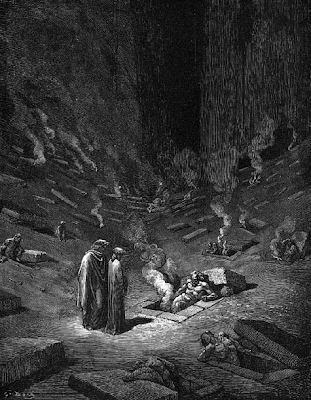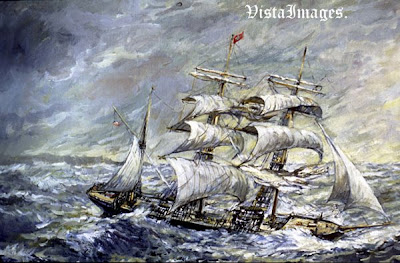
Recently John K put up a terrific blog post where he argued that classic cartoon caricatures of indians were a natural exaggeration of the way indians really looked, and he put up several pictures of real indians to prove his point. It was a terrific article and if you missed it you should go back to John's site and read it.

I have to admit that Sitting Bull certainly looked like the old caricatures, especially the ones with big noses, but were noses like that really common among the indians?
[By the way, notice that Sitting Bull's eyes are top and bottom bracketed, and close together, which makes the nose seem even bigger. I've seen those eyes before, but where? Maybe in cartoons, where they were used even on white people. If this picture is responsible for that, then this might be one of the most influential photos in the history of cartooning!]

I'm no expert on native-American noses, but to judge from John's photos, lots of other indians had noses that were only slightly bigger than whites'. It's a small thing to argue about I know, but I'm in a nit-pickey mood so this disagreement finds itself on this page. John thinks I'm blind.

For me it doesn't matter much if big noses were common, or just limited to Sitting Bull and his relatives. The caricature works and is funny. I am glad that I got to thinking about this because it started me thinking about funny indian caricatures in general.
My question is, why is it common for indian caricatures to be wide-eyed, smiling, and full of energy? No doubt some indians must have been like that, but the ones you see in photos tend to be earnest and serious. The best photos of American Indians are among the masterpieces of 19th Century photography.

I have a theory about where the wide-eyed, fun-loving look came from. I'll bet cartoonists were consciously or unconsciously combining the indian look with what they thought black swing musicians looked like. Maybe the swing era conspicuously used a lot of tom-tom rhythms, so indians came to be associated with it. Compare the smiling wide-eyed indian above (the color picture) to Louis Jordan (the black & white photo).

Logically it doesn't make any sense to combine people who are so different, and yet the synthesis works like a charm. You can't argue with what works. Maybe this is one of the secrets of good caricature: combine elements that intuitively fit, logic be damned!

One of my all-time favorite indian caricatures is the wide-angled, copper-colored doll (above) holding the tomahawk. It's Louis Prima meets Sitting Bull. The wide angle face emphasizes the big, happy grin. This is a mischievous but highly likable figure that seems intended to diminish racial tensions, not inflame them.

Eventually Italians (above) got into the act. Look at those eyebrows! This isn't surprising considering that Italians often played indians in the movies.

The most famous of all Italian film indians was Paul Picerni, shown here (above) in a still from "House of Wax." I'll bet the red doll with the thick eyebrows (the picture above the picture above) is actually Picerni.

Just for the heck of it, here's (above)the original Cleveland Indians logo from the 30s and 40s...

...and the redo, done in 1950. I like them both, but my favorite is the older version. Thanks to Rogellio for the useful info about this.

You could argue that indian caricatures don't look much like real indians, but so what? Caricatures of white people don't look like white people, either. When's the last time you saw a white guy who looked like Barney Rubble?

Hmmm. Well, maybe I chose the wrong example. If you put my schnoz on Brad Bird's face...
One last word: John is afraid that this post will make his seem racist, which was far from his intent, and I'll add that it's very far from mine too. I can't stand racism and would never deliberately do anything to contribute to it. My intent is not to hold indians up to ridicule, but simply to show them in a humorous light, which is different. I'll bet if I lived in the 19th century and showed these pictures to indians, they'd double up laughing at the caricatures of their friends.
Thanks to Kali, John and Mike for letting me use these toy pictures. The opinions are entirely my own.

































































